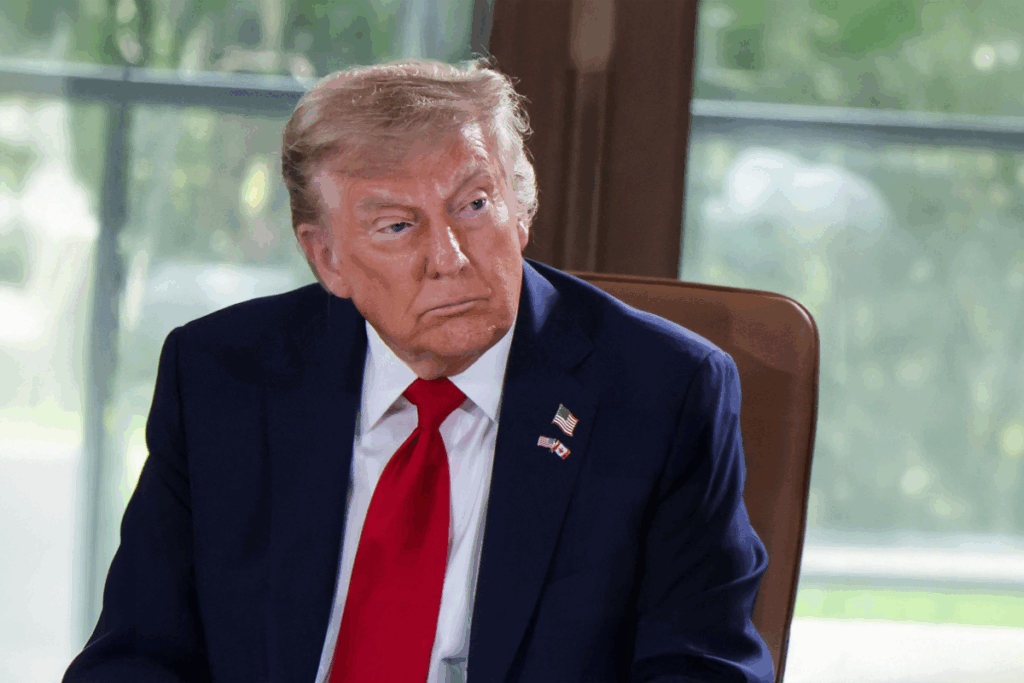Federal Troops Ordered Into Portland
The political and legal battle over the use of military forces in U.S. cities escalated this week after President Donald Trump authorized the deployment of 200 Oregon National Guard troops under federal control. The order, signed by Defense Secretary Pete Hegseth, came as Oregon officials filed a lawsuit challenging the president’s move.
Trump announced that the troops would be stationed in Portland to guard federal immigration facilities, which he described as under threat from “domestic terrorists.” He also stated that they were authorized to use “full force if necessary.” The announcement caught many Pentagon officials by surprise, with several describing the decision as abrupt and lacking consultation.
Oregon Pushes Back in Court
The state of Oregon responded by filing a lawsuit in federal court against Trump, Hegseth, and Homeland Security Secretary Kristi Noem. Attorney General Dan Rayfield argued that the president had overstepped his constitutional authority by federalizing state guard resources without valid justification.
The lawsuit emphasized that recent demonstrations in Portland had been limited and relatively contained since June, undermining Trump’s justification for military action. “Sending in 200 National Guard troops to guard a single building is not normal,” Rayfield said, referring to a local ICE facility.
The complaint accused the administration of infringing on Oregon’s sovereign right to control its own law enforcement and National Guard units. State officials also expressed concern that the deployment could inflame tensions rather than stabilize them.
Crime Data Contradicts Federal Claims
Trump’s characterization of Portland as “war ravaged” has been challenged by local leaders and law enforcement data. According to preliminary figures from the Major Cities Chiefs Association, violent crime in Portland has fallen significantly in 2025. Homicides dropped by 51% in the first half of the year compared to the same period in 2024.
This decline stands in contrast to the White House’s narrative that federal troops are needed to restore order. Critics say the president’s focus on Portland is less about crime trends and more about using the city as a political stage for his broader agenda on immigration and domestic security.
Echoes of 2020 Protests
The deployment has stirred memories of 2020, when Trump first sent federal agents into Portland during months of protests following the killing of George Floyd. At that time, city officials said the presence of federal forces only escalated confrontations.
Portland Mayor Keith Wilson said he learned of the latest order through social media, underscoring the lack of communication between federal and local authorities. The mayor warned that the unilateral action risked undermining local trust and destabilizing fragile community relations.
Uncertainty also remains about Trump’s warning that troops could use “full force” in the city. While U.S. soldiers are authorized to defend themselves during domestic missions, the scope of the president’s statement has raised questions about whether he envisions broader use of lethal force.
Broader Political and Security Implications
The decision adds to tensions between Trump and Democratic-led cities, several of which have already faced troop deployments in recent months, including Los Angeles and Washington, D.C. Legal experts suggest that the Oregon lawsuit could set a precedent for how far a president can go in federalizing state forces for domestic missions.
The backdrop to these moves is an aggressive immigration crackdown by the Trump administration. Just days before the Portland order, a shooting at an ICE facility in Dallas left one detainee dead and two others seriously wounded, fueling fears of further unrest around immigration sites nationwide.
With the lawsuit now pending, the standoff between Oregon and the White House is likely to intensify, potentially setting the stage for a major constitutional test over the limits of presidential power in deploying military forces within U.S. borders.



